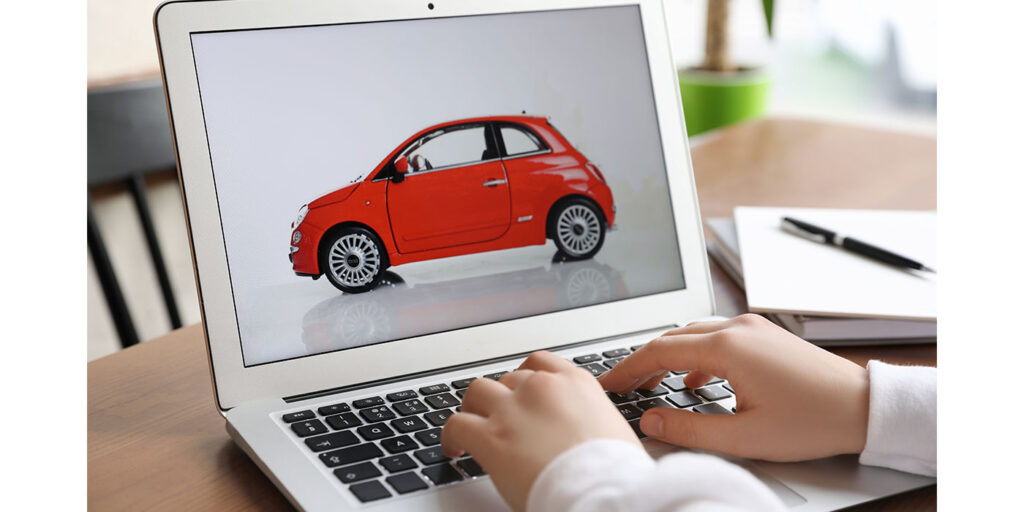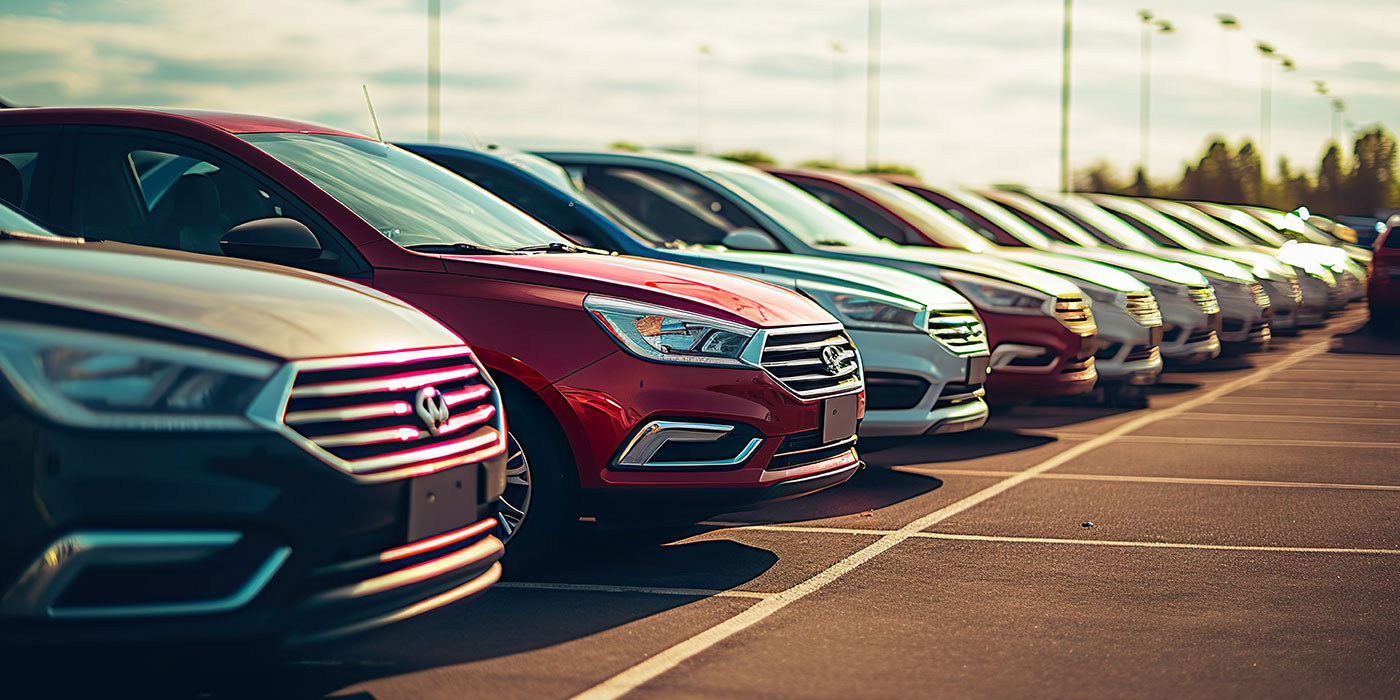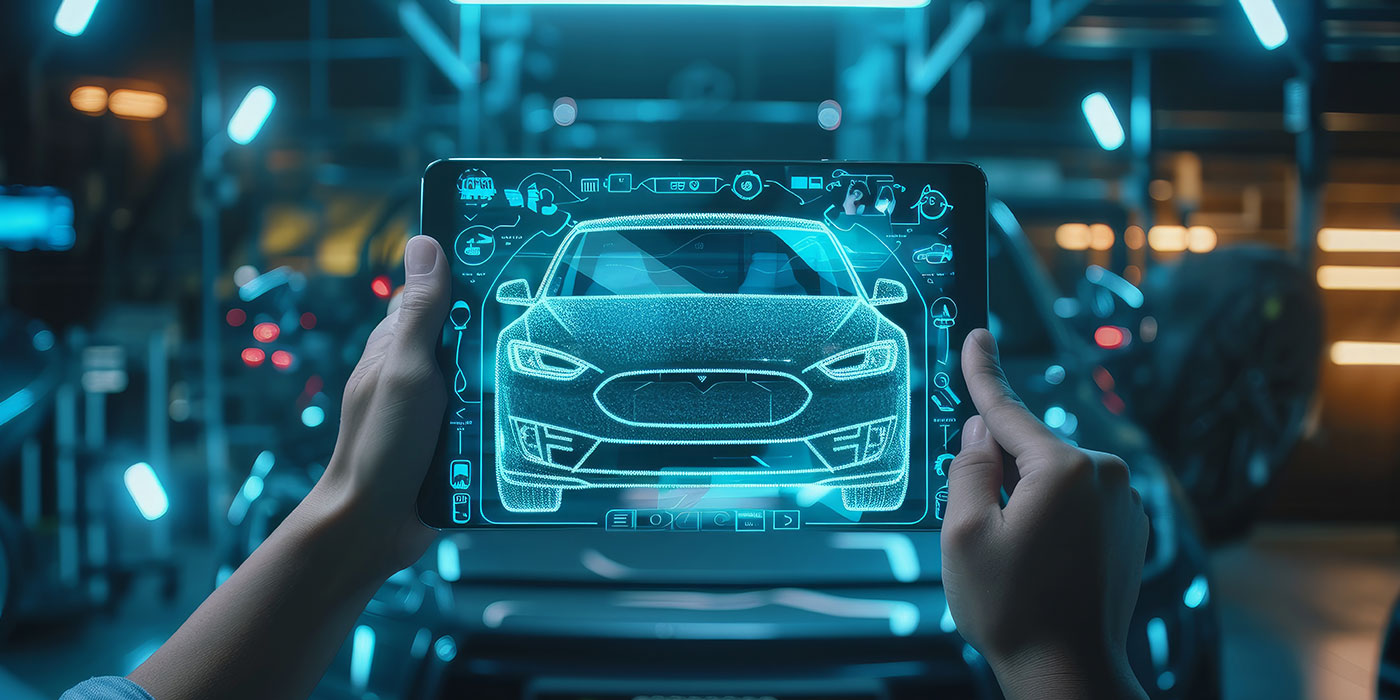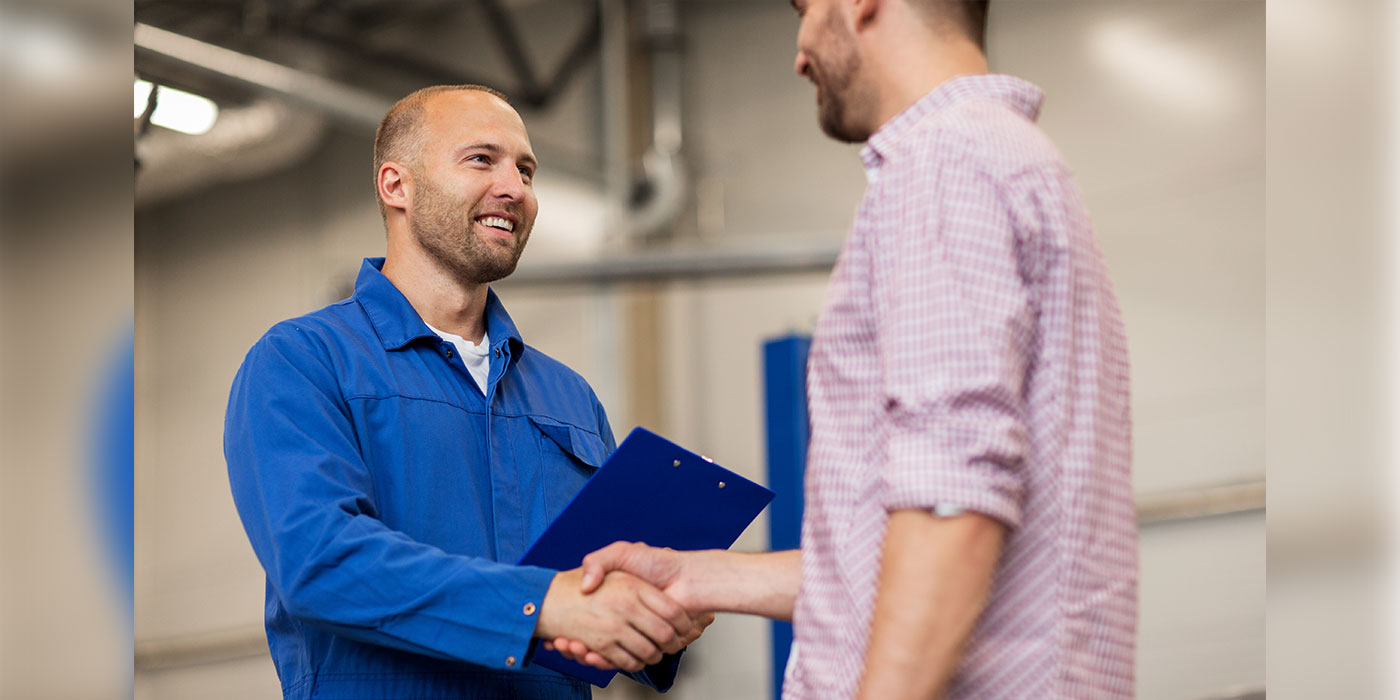In times of digital change, technologies have an increasing impact on every industry, including the used car market. According to McKinsey’s Survey, almost 100% of used car customers now begin their journey online. Most of them use various online sources — used car marketplaces, dealer websites, social media, blogs and forums — to gather information and compare offers, moving the purchase decision process increasingly online. Accordingly, dealers have just one chance to strike lucky.
One of the most effective ways to attract used car consumers and enhance the online car buying experience is to provide buyers with a high-quality interactive 3D/360 visualization of vehicles.
3D/360 Visualization Helps Car Dealers Attract Consumers’ Attention
Most customers consider visual information to be the deciding factor in making a purchase. In terms of importance for the used car buyer, it ranks higher than reading descriptions and viewing accident records. Interactive 3D visualizations can help car dealers attract potential customers at the search stage of their car-buying journey and differentiate themselves from the rest of the market with a cutting-edge way of displaying their available vehicles.
Some key players in the used car market have already implemented the technology into their platforms. For instance, Carvana, an online used car retailer, successfully attracts new buyers with its unique interactive vehicle galleries. Auto.ru, one of Russia’s most popular car marketplaces, uses similar technology on its website. Auto.ru’s experience has shown that offers with high-quality 3D panoramas of vehicles are viewed 40% more than flat images.
By attracting buyers early on during their information gathering, used car dealers have a better chance of solidifying their brand relationship with consumers before their competitors do.
Interactive Visualizations Allow Consumers to Select a Used Car Online with Confidence
Choosing a used car online has a significant drawback — the lack of physical contact with the vehicle. As a rule, used car buyers enter into their shopping process with a dubious mindset; they are worried that they will overpay for an unreliable vehicle that needs additional costly repairs. Flat images fail to showcase a car from all angles of perception, so the customer can’t spot all damages on the used car and runs the risk of being disappointed with the vehicle when they meet the dealer and examine the car in person.
High-quality 3D/360 visualizations of used cars help bridge this gap between choosing a used car online and offline. By interacting with 3D/360 visualizations of used cars, consumers will have an opportunity to examine the vehicle as they would offline: rotate it, look at the car from different angles, zoom in, find any dents, chips or scratches on it and decide whether they should meet the dealer and examine the car in person. This saves much time for the buyer: they can choose the suitable used car online right away and avoid wasting time on meeting multiple dealers. Thus, interactive visualizations help used car consumers select a used car online with confidence.
For used car dealers and marketplaces, a 3D demonstration of a vehicle is a perfect way to provide honest information, win the buyer’s trust, and establish a positive brand image. Building a good reputation upfront will increase user retention and brand loyalty.
Immersive Content Increases the Possibility of Purchase
Interactive 3D/360 visualization of cars increases consumers’ engagement and, as a result, boosts sales. The longer a consumer spends on the product page, the more likely they are to contact the dealer and end up with a purchase. Interactive content increases the time a consumer examines the vehicle online. Car dealers and marketplaces that have already integrated the technology into their websites see an increase in car consumers’ engagement and purchase intent. For example, Auto.ru users spend one-third more time on offers with 3D images of vehicles than on listings with flat images. The conversion of interactive 3D demonstrations of cars is 1.5 times higher.
How to Implement the Technology
It’s worth noting that the speed and cost of creating interactive 3D visualization of cars depend on the applied technology. Some solutions for the production of immersive content require manual 3D modeling. However, manual 3D modeling is useless in the case of used cars 3D demonstrations. It’s impossible to create an accurate 3D model of a used vehicle in a short time frame, and the process costs a lot of money. So used car dealers should pay attention to the services that allow them to create a 3D visualization of a vehicle without 3D modelling. For instance, there are special mobile applications allowing car dealers to digitize a vehicle in.
Interactive 3D Visualizations Will Help Used Car Dealers and Marketplaces Beat Their Online Competition
The internet has accelerated the growth of the automotive industry, with consumers using it to conduct market research and compare retailers and dealerships. To keep up with the shift in consumer behavior, used car dealers and marketplaces should make the process of choosing a car online as similar to the visit to the dealership as possible. Since used car buyers need to study the vehicles as they would offline, improving the customer experience is impossible without integrating immersive technologies. The experience of car dealers and marketplaces that use interactive 3D demonstration has proved that immersive technologies have the power to attract new customers, make their car-buying experience more transparent and boost conversion.
For more information, visit https://3dshot.io.













